Rehab To Release
A wildlife rehabilitator's goal is to raise animals to the point they can be released: rehab to release is what we call it. But how do we know when the right time is? Each animal has it's own milestones to reach before we have that happy ending we all strive for.

Eastern Grey Squirrels
Squirrels come into rehab in many sizes- from naked, eyes closed pinkies to fully furred juveniles.
Each stage has it’s own dietary and husbandry needs. I start Infants and younger juveniles on milk replacer. Gradually they are weaned on to rodent block and fresh vegetables, with small servings of nuts.
When they are big enough to gnaw open a pecan, they are getting close to release size. 2 to 3 weeks before they are released I move them into a protected outside enclosure. There they can adjust to the temperature variations and weather conditions.
I give them “squirrel boxes” to nest in and lots of enrichment like pine cones, fresh and dry leaves, nuts and seeds, and maybe a mushroom or two. Introducing them to their natural foods is critical although they have an innate sense.
I decrease human contact and the squirrels are given a wide berth so they spend more time relating with their conspecifics (other squirrels their size).
On the day of release, I close the door to the squirrel box (with them inside) and transport it to the release site. A suitable habitat has nut producing trees and access to fresh water.
The box is hung ideally 12 to 15 feet up in a tree, and the door is opened. I supply a sizeable cache of food (like a mobile pantry) and they can now come and go at will. Some choose to stay in their manmade nest, others immediately leave to explore the wonderful world of freedom.
Click here for plans to build a squirrel box should you ever need one!
Eastern Cottontail Rabbits
I feed rabbit kits that come into rehabilitation milk replacer and nestle them in the same dry grasses they would find in their wild nest. They will start chewing on these grasses before their eyes even open.
I introduce fresh grass and plants very slowly to the kits until their digestive system has adjusted. They love thin blades of grass, clover, violets, strawberry leaves and plantain, among other plants you may find in an untreated lawn or meadow.
When they are around the size of an orange I introduce them to a safe pre-release enclosure where they can acclimatize and exercise. I supply plenty of fresh greens and water, along with Timothy or Orchard grass, and hide boxes.
When they reach the size of a baseball and are starting to act “stir crazy”, I take them to a meadow or safe area free from predators and away from roads, and off they go!
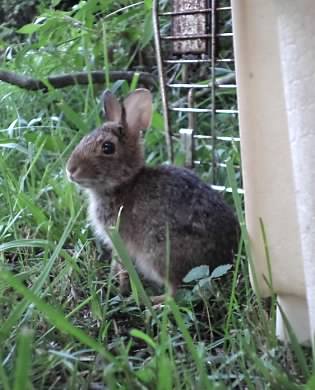
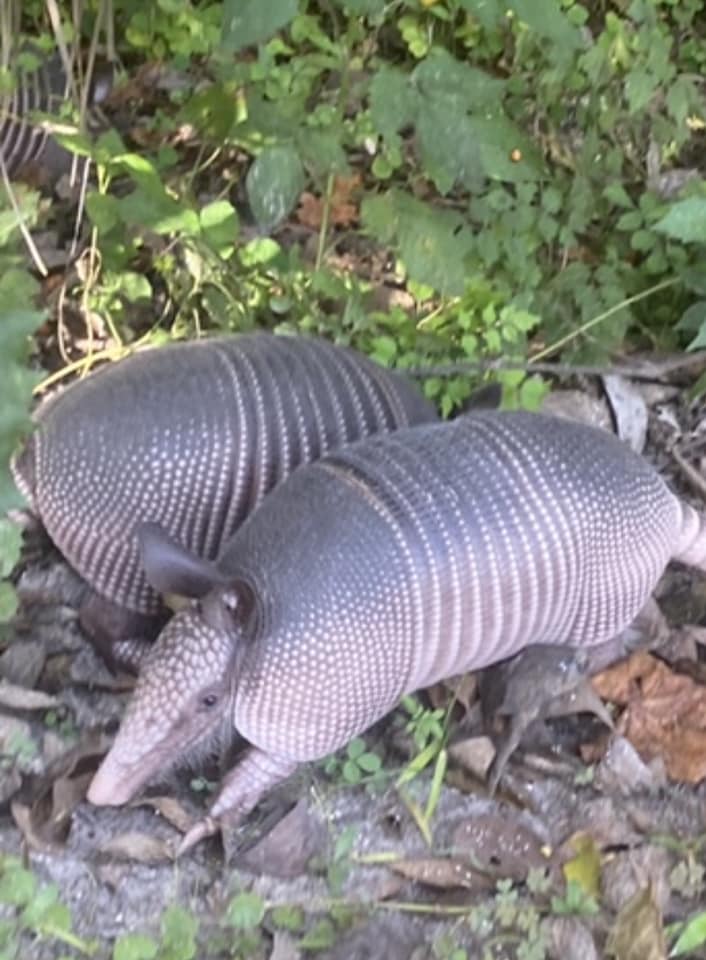
Armadillos
Armadillos stay with their Mom well past the weaning phase, foraging with her and their siblings. Armadillos can end up staying in rehabilitation a long time!
I want them to be able to dig really well and locate all different kinds of prey, from earthworms to termite larvae. The best way to do this is to take them out for “nature hikes” where they can follow their excellent noses to all manners of delicacies.
Armadillos love fresh water bathing, and I provide that with kiddy pools or manmade mud puddles. I have a shallow stream nearby that I take my armadillos to for play time. This is serious playtime, though, they are honing the skills they need to survive.
When I rehabilitate armadillos, I feed them a slurry of cat food, baby food and vitamin-mineral supplements and offer as many earthworms as I can buy from the bait store. “Wild” earthworms carry parasites and I want to send these kids out into the world in the best of health.
Once they are the size of a small football, like a Nerf football, they are close to release size. In the wild they may stay with their siblings all the way into fall. The best release sites are away from cars and roads and dogs, with access to fresh water. Woodlands with streams are ideal release sites
Virginia Opossums
Release criteria for opossums varies from rehabber to rehabber. One thing everyone agrees on is that the joeys from late summer litters must be overwintered.. They don’t have the benefit of Mom teaching them what’s good to eat, where to find it. They don’t know how to avoid predators. And, we don’t have enough time left in fall to teach them all that before it gets too cold and the food sources run out.
I release opossum juveniles when they are about 2 pounds or 900 kg. That is bigger than some recommendations but at that size they are no longer owl snacks.
They spend at least 2 weeks in an outside enclosure, which I have stocked with logs, branches, caves and tunnels for exploring and enrichment. I no longer place their food in a nice easy to reach bowl- they have to hunt for it! They still receive dry dog food and a special mush I make, but the best snacks of fruit, mice, and bugs are hidden away.
In this way, they get to develop their hunting and seeking skills. I also limit contact with them, visiting only to replenish their food and water when they are asleep. Opossums are one species that habituates easily- meaning, they get used to humans. We don’t want our opossums to seek out humans as sources of food or safety- many people are unkind to them!
Once they are the right size and showing good foraging skills, along with making snarly faces at me if they wake up and see me, it’s time to release them. They like the same places that armadillos like. Woodlands with access to water, far from cars and dogs.
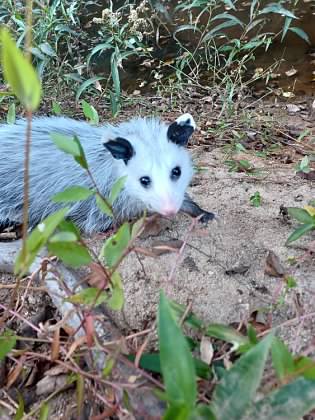
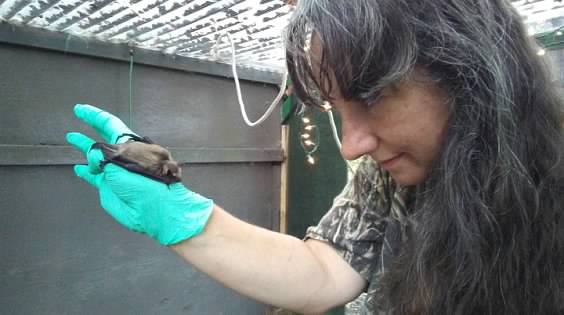
Bats
Thanks to some special donors, I was able to purchase a large, floored, screened polygonal structure I call The Bat Yurt, or Burt. In the Burt bats practice flying and hunting bugs. They need to be able to maintain flight for long stretches to survive in the wild. The rounded shape of the Burt allows them to fly in circles and practice swooping, braking, and changing direction.
During the day I leave the windows and door of the Burt open to attract flying insects, and at night I hang a white sheet inside, illuminated by incandescent light bulbs. This draws the small moths the bats like to eat. Then I zip all the flaps closed, and take the bats out of their daytime sleeping house.
Bats only eat flying insects in the wild, but because those are hard to raise, rehabilitators feed them live mealworms from a young age. The mealworms themselves are fed a healthy, calcium rich diet, which nourishes the bats.
Slowly they are trained to eat the mealworms on their own from a dish. I continue to supply mealworms in a dish, and cups of fresh water in the Burt.
Because most of the bats I rehabilitate are social species, I have to release them where there are other bats. I have a friend who has a colony of bats on her property, living in her large open barns. A healthy bat population means plenty of food to share, and maybe some bats to become friends-or more- with.




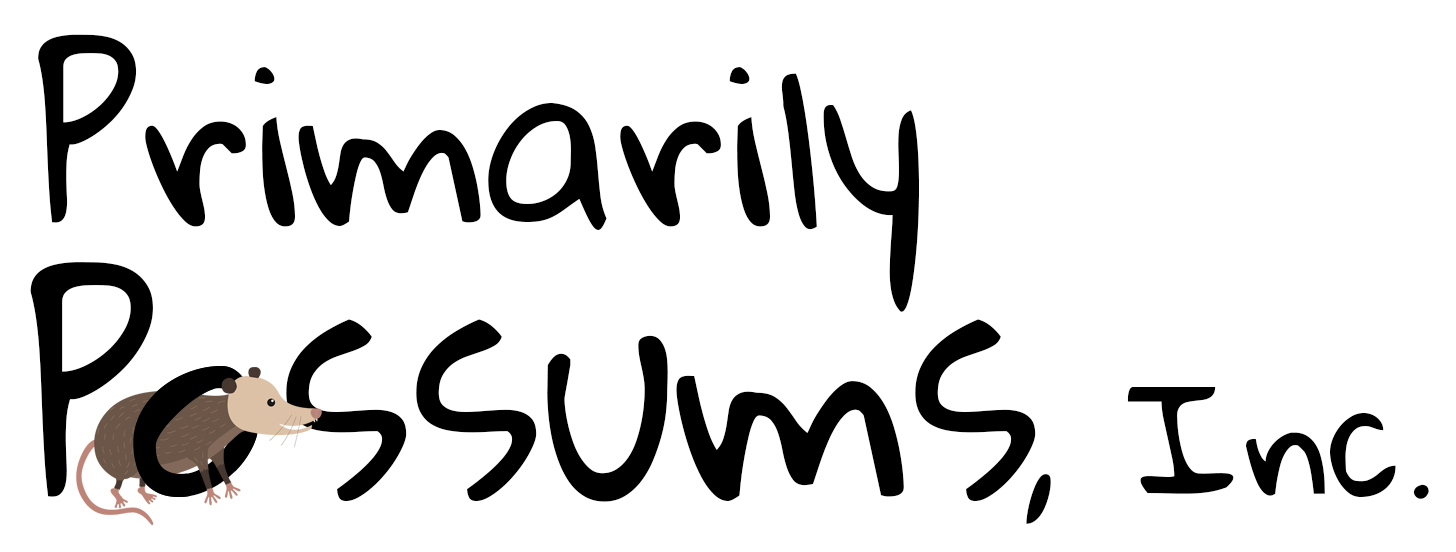
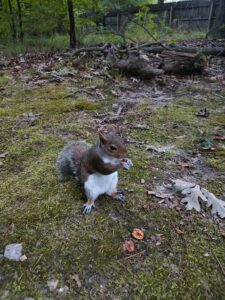
 2025 Sabbatical
2025 Sabbatical